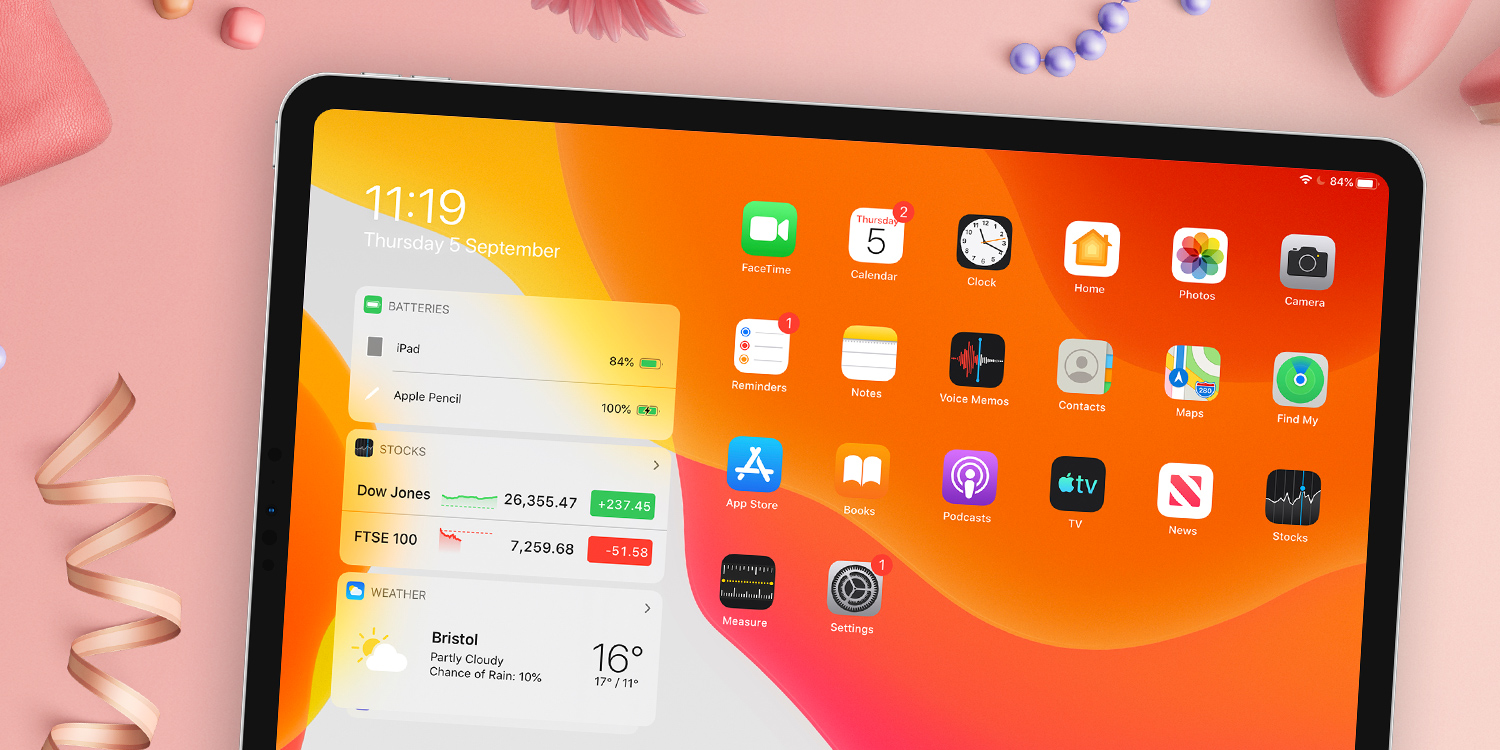As Apple’s tablet celebrates its tenth birthday, we chart the ways in which it changed the world
The original iPad was announced on January 26, 2010. But only on its release on April 3 (assuming you could get hold of one — no mean feat!) did it become obvious how truly revolutionary the device was.
These days, some pundits have written off iPad as an also-ran. Sure, sales have slowed since its meteoric debut; but iPad remains a hugely popular device – and deservedly so — selling millions of units annually. Here’s why.
1. It defied convention
Prior to iPad, most tablets were like oddball chunky laptops with the keyboard sliced off. These bulky units were often peppered with buttons and legacy PC ports. Many lacked multitouch and required a stylus.
iPad bucked the trend, more or less reimagining the iPhone/iPod touch as a larger handheld touchscreen device. Naturally, many pundits joked iPad would be Apple’s biggest flop. They were wrong.
2. Apple showed confidence in design
With iPad, Apple shook up portable computing design and showed how things should be done. iPad was iconic from the start, and its front face was blissfully lacking in branding.
Rivals subsequently cloned Apple’s refined minimalism — although few go quite far enough, still lacking the bravery to omit a corporate logo that forever stares you in the face.
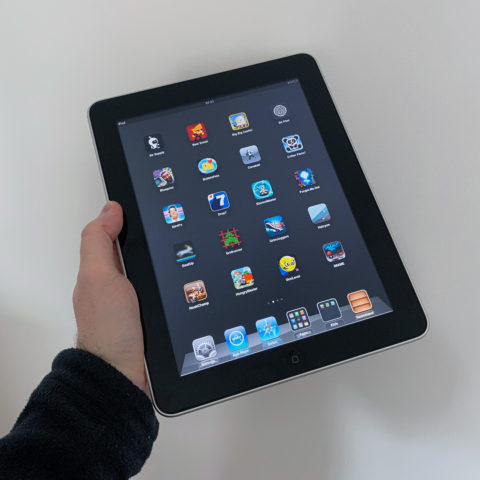
The original iPad, for which Apple was confident enough to omit its brand from the entire front face.
3. iPad made tablets viable
Prior to iPad, tablets were a curiosity. No-one really knew what they were for, and there was little thirst for them outside of users lurking at the extremes of tech.
Apple sold 300,000 iPads on day one. Within a month, a million were in the hands of mostly delighted people. This initial pace wasn’t sustainable, but Apple made the form factor desirable. Products like Samsung Galaxy Tab and Amazon Fire wouldn’t exist without iPad.
4. It was computing for the masses
By refining the computing experience, discarding cruft built up over decades since the original Mac arrived, Apple got to start anew. And because of this, iPad had an elegance and simplicity that just didn’t — and still doesn’t — exist on the desktop.
The result was a powerful handheld computer accessible to the masses. If you wanted your gran to email and use the internet, iPad was the way. And it was also great for anyone who’d had enough of the hassles of traditional computers!
5. There was a battery life revolution
Bigger devices have room for bigger batteries. The original iPad was no exception. Through brilliantly designed power usage, you could feasibly use the thing for hours, leave it idle for days, and then continue.
Some laptops at the time claimed they could match iPad’s battery life. Few could in real-world scenarios. That your iPad could get through an entire day without recharging made it all the more useful – for work and play.
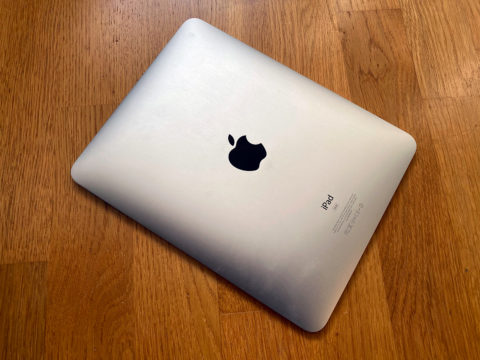
The iPad’s form factor combined with smart software design ensured its battery lasted for ages.
6. The iPad was massively multitouch
From day one, the iPhone was capable of accepting multitouch input — up to five digits could interact with the screen at any one time. This was useful for everything from music apps to experimental gaming. iPad turned that up to 11.
Being able to use all ten fingers at once (and perhaps your nose) might seem like overkill, but this further unlocked the potential of the iPad as a creative canvas, and differentiated it from iPhone – let alone what went previously.
7. It freed the creative process
Prior to the iPad, digital creativity was mostly tethered to a plug point. Sure, you had the odd person finger-painting on a phone, or tapping away on a laptop in a café or park. Mostly, though, people created at a desk.
The iPad form factor changed all that. You could find inspiration in varied surroundings, for example writing songs while relaxing on the couch, or transforming your tablet into a digital sketchpad you could take anywhere — and that you almost forgot was a computer while using it.
8. Software was reimagined for touch
Although iffy hardware meant tablets never really took off before iPad, software was also to blame. You got half-hearted attempts to shoe-horn existing desktop software into a tablet. The results were often fiddly and frustrating to use.
With iPad, Apple and other developers started from scratch, creating pro-grade apps and games with touch as the primary input method. The ecosystem explosion was such that Apple has since expanded macOS to help app creators more easily convert iPad apps to the Mac.
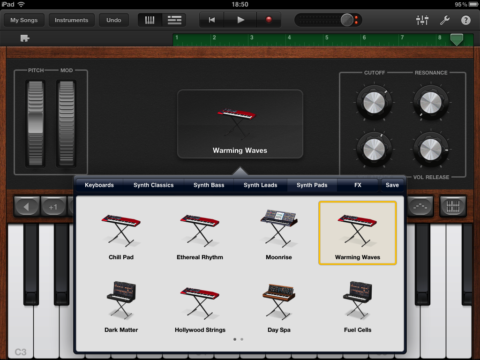
The original GarageBand for iPad took advantage of the device’s multitouch capabilities.
9. iPad made computing focused again
Multitasking became increasingly prevalent as technology grew more powerful. The snag is people aren’t geared to doing several things at once.
With iPad, the device became the app that was running, forcing you to give it your full attention. This approach had its limitations and detractors, but it was much harder to get distracted than when using a laptop simultaneously running dozens of apps.
10. Tablets replaced bulk
The form factor of iPads combined with their versatility meant they quickly replaced bulky reference tomes. Airline pilots were seen using digital guides rather than paper equivalents. Restaurants would provide allergen listings on iPads. Medical staff would use them for reference and cataloging.
Elsewhere, other electronics were supplanted by Apple’s tablet (or its rivals), like checkout terminals. Although quite why no-one infused the relevant apps with old-school cha-ching sound effects, we’ll never know.
The future of iPad
Not everything is perfect with iPad. Apple in some ways stood still while rivals clamored to catch up. Notably, Apple seemed reluctant to add mouse/trackpad support, despite many people wanting the tablet to ‘be’ a laptop under certain circumstances.
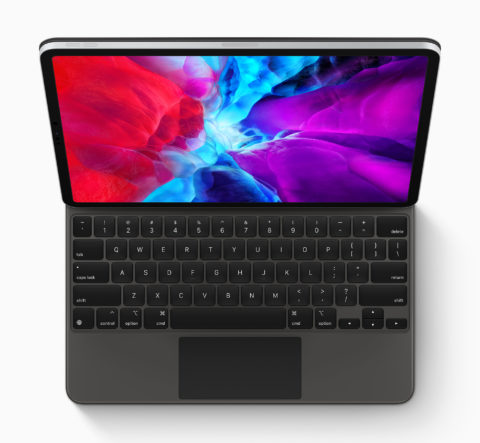
Apple’s redesigned keyboard for the 2020 iPad Pro.
As of iPadOS 13.4, this limitation is gone, with full support for Apple’s Magic Mouse and Magic Trackpad, a new iPad Magic Keyboard (with trackpad) on the way, and third-party equivalents imminent. Our hope is we’ll also soon see full external display support (so an iPad Pro could effectively become a desktop), and coherence come to increasingly baffling iPad multitasking.
iPad should always remain touch-first. That’s where it most excels. But when unveiling the original iPad back in 2010, then-Apple CEO Steve Jobs emphasized the device’s flexibility and adaptability. Just because iPad could sometimes be laptop-like or even desktop-like, that won’t take anything away from it being the best tablet around.
